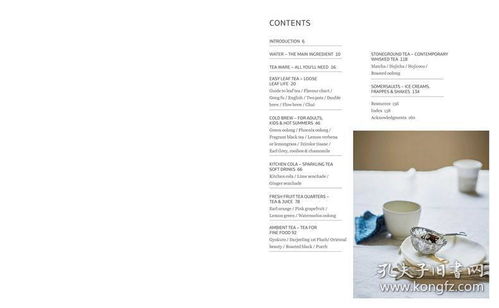Exploring English Cuisine: A Culinary Journey
In the vast landscape of global cuisine, English food holds a distinct place, characterized by a rich tapestry of flavors, influences, and traditions. Exploring English cuisine offers a delightful journey through its history, ingredients, iconic dishes, and culinary customs.
Historical Influences:

English cuisine has been shaped by a myriad of influences over the centuries. From the hearty fare of medieval times to the refined elegance of Victorian dining, the evolution of English food reflects the country's diverse cultural heritage. Roman occupation introduced ingredients like wine, olives, and garlic, while the Norman conquest brought a taste for spices and new cooking techniques.
Ingredients:
Key ingredients in English cooking vary according to region and season. Staples such as potatoes, onions, carrots, and cabbage form the basis of many dishes, alongside meats like beef, lamb, and poultry. Fish, particularly cod, haddock, and salmon, feature prominently, reflecting the island nation's maritime heritage. Dairy products like cheese and cream add richness to both savory and sweet dishes, while herbs like thyme, rosemary, and parsley enhance flavor profiles.
Iconic Dishes:
English cuisine boasts an array of iconic dishes cherished both at home and abroad. The traditional English breakfast is a hearty meal featuring eggs, bacon, sausages, tomatoes, mushrooms, and baked beans, often accompanied by toast or fried bread. Sunday roast, a beloved culinary tradition, consists of roasted meat (typically beef, lamb, or chicken) served with Yorkshire pudding, roast potatoes, and seasonal vegetables, all smothered in rich gravy.
Fish and chips, a quintessential British takeaway dish, pairs crispy battered fish with chunky fries (chips), served with tartar sauce or malt vinegar. Another favorite is shepherd's pie, a comforting dish made with minced lamb or beef topped with mashed potatoes and baked until golden and bubbling. For dessert, sticky toffee pudding, trifle, and scones with clotted cream and jam are perennial favorites.
Culinary Customs:
English dining customs reflect a blend of formality and informality, with a focus on conviviality and hospitality. The ritual of afternoon tea, introduced by Anna, the Duchess of Bedford in the 19th century, remains a cherished tradition. It typically includes a selection of sandwiches, scones with clotted cream and jam, and assorted pastries, accompanied by a pot of hot tea.
Pub culture is also deeply ingrained in English society, with pubs serving as social hubs where locals gather to enjoy pints of ale or cider, hearty meals, and lively conversation. The Sunday roast holds a special place in pub menus, drawing families and friends together for a leisurely meal.
Conclusion:
In conclusion, English cuisine is a reflection of the country's history, geography, and cultural heritage. From humble homecooked meals to refined gastronomic experiences, it offers a diverse and flavorful culinary journey. Whether indulging in a comforting bowl of fish and chips or savoring the elegance of afternoon tea, exploring English food is sure to tantalize the taste buds and evoke a sense of tradition and nostalgia. So, let's raise a toast to the delights of English cuisine and embark on a culinary adventure like no other. Cheers!










